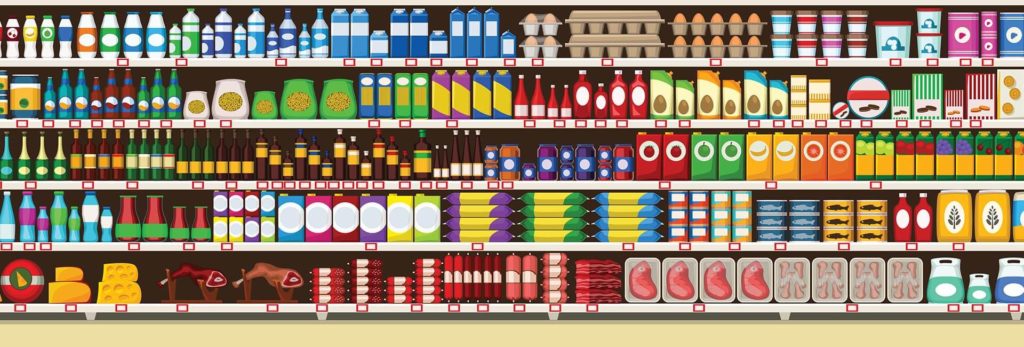When planning the release of your brand’s products into new global markets, your company’s packaging decisions will play a significant role in the reception of those products. A rushed product release can lead to sloppy mistakes that make a poor first impression, inhibit product sales, and even cause lasting damage to your brand’s reputation.
Consumer product packaging requires the help of a language service provider (LSP) to optimize its reception among your target consumers. Too often, businesses underestimate the importance of careful, strategic translation and localization, and suffer embarrassing marketing failures as a result.
Here are three common pitfalls of packaging translation, and how your business can avoid repeating those mistakes.
1. Translating without the input of local market experts
Successful packaging is not universal. When you launch your products in a new, foreign market, you need the guidance of experts who can contextualize your packaging within the local culture. Product packaging involves much more than translating the text on the box: it requires a deeper understanding of what your target audience is looking for, and what packaging strategies are most likely to trigger a purchase.
Working with a local market expert helps you catch potential mistakes early on in the packaging design process. When Pampers diapers launched in Japan, the brand used the same packaging imagery—a stork delivering a baby—on its Japanese packaging. But the product underperformed, and brand leaders later discovered one reason why: the folklore of storks delivering babies to doorsteps isn’t widely known in Japan.
If the company had worked with local market experts, this costly packaging mistake could have been easily avoided.
2. Foregoing transcreation to reduce translation costs
In many cases, direct translations of packaging text don’t deliver the intended result. Literal translations of brand names, product names, and slogans can create a poor fit for a number of reasons. American Motors, for example, branded its 1970s mid-size car the “Matador,” which inspired excitement among English-speaking, American consumers. But among Puerto Rican consumers, the car’s name translated to “Killer”—not exactly the image you want to conjure when selling a new vehicle.
In these cases, translation is an ineffective language solution for the product packaging and messaging. Transcreation is a language service that can help you create new product names and messaging that provide a similar consumer response as the original messaging, while adapting this content to be more palatable and engaging for your local market.
3. Sticking with your current brand colors, logos, and other visual elements
Packaging translation involves more than just changing the names and slogans for your products. Every element of your packaging needs to be scrutinized and evaluated through the lens of your target local audience.
The localization process is integral to addressing these aspects of your packaging. In some countries, for example, the color red maintains negative associations with communism, which can discourage consumers from purchasing your products. In other cases, logos may need to be modified based on the cultural norms and other associations that may exist with your logo’s imagery and symbolism.
Localization places these elements under a microscope to ensure your packaging is perfectly designed with your target market in mind.
Successful packaging translation requires access to local market knowledge, as well as a proven approach to managing translation, localization, and transcreation processes. Contact Protranslating today to put your product packaging in hands you can trust.








